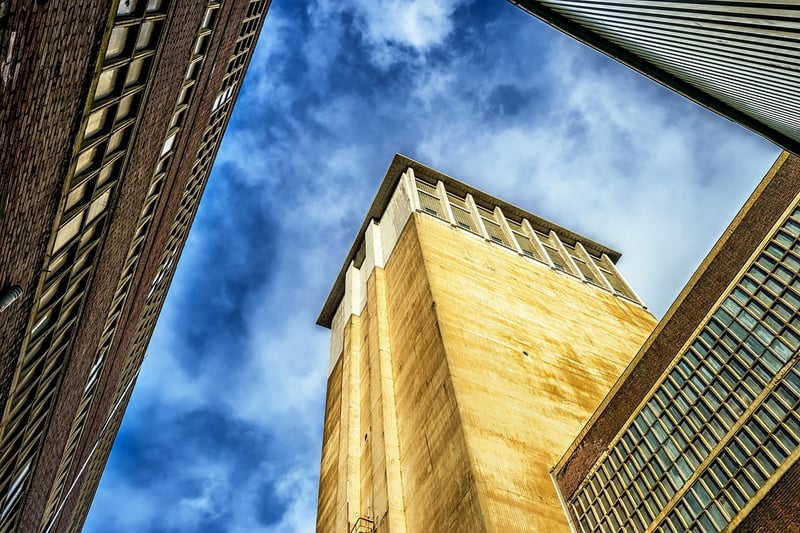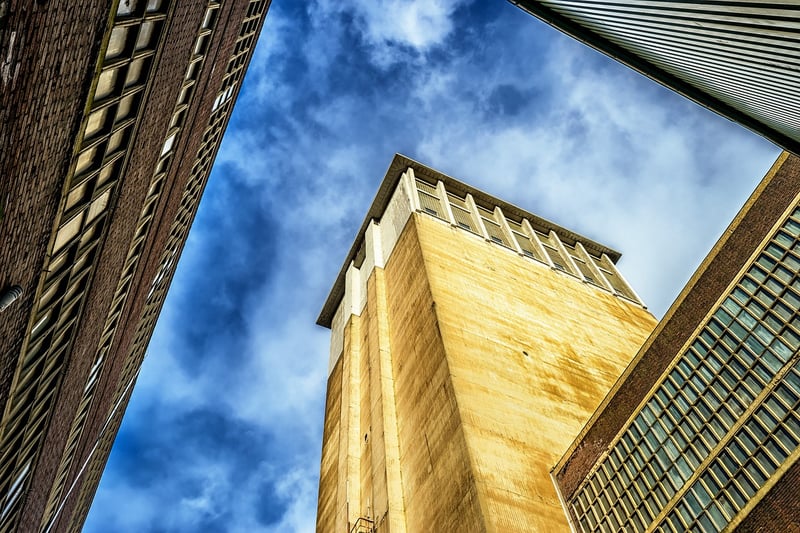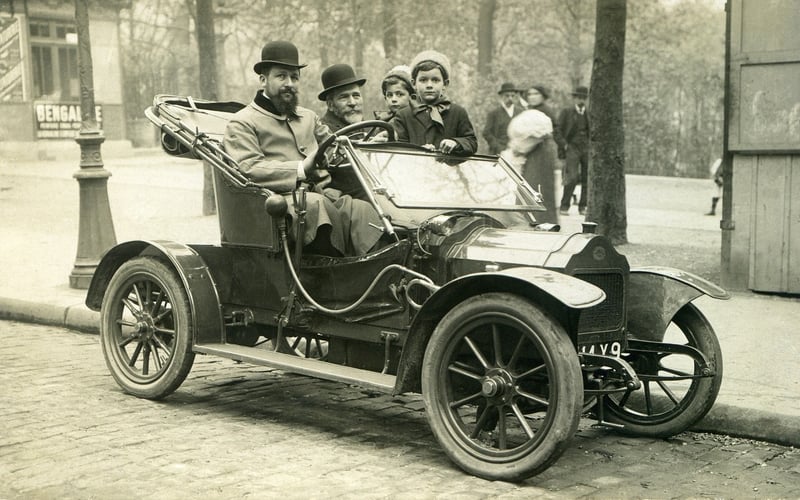Industrial Revolution
Exploring Historical Eras: The Industrial Revolution
The Industrial Revolution was a pivotal period in history that marked a significant shift in the way societies operated, paving the way for modern industrial and technological advancements. Let's delve into this transformative era that shaped the world as we know it today.
What was the Industrial Revolution?
The Industrial Revolution was a period of major industrialization that took place during the late 18th and early 19th centuries. It began in Britain and later spread to other parts of the world, fundamentally changing economies, societies, and lifestyles.
Key Features of the Industrial Revolution:
- Mass production in factories
- Technological innovations such as the steam engine
- Rapid urbanization and growth of cities
- Shift from agrarian to industrial economies
- Improved transportation and communication systems
Impacts of the Industrial Revolution:
The Industrial Revolution had far-reaching consequences, including:
- Creation of a working class and labor movements
- Increased global trade and colonization
- Environmental degradation and pollution
- Social reforms and changes in societal structure
- Technological advancements that shaped the modern world
Notable Figures of the Industrial Revolution:
Several key figures played crucial roles during the Industrial Revolution, including:
- James Watt - Inventor of the steam engine
- Thomas Edison - Pioneer of electric lighting
- Adam Smith - Economist and author of "The Wealth of Nations"
- Karl Marx - Philosopher and author of "The Communist Manifesto"
Industrial Revolution in Images:


These images capture the essence of the Industrial Revolution with its factories, machinery, and bustling cities.
Conclusion
The Industrial Revolution was a turning point in human history, ushering in an era of unprecedented technological progress and societal change. Its effects continue to shape our world, highlighting the importance of understanding and learning from this transformative period.
